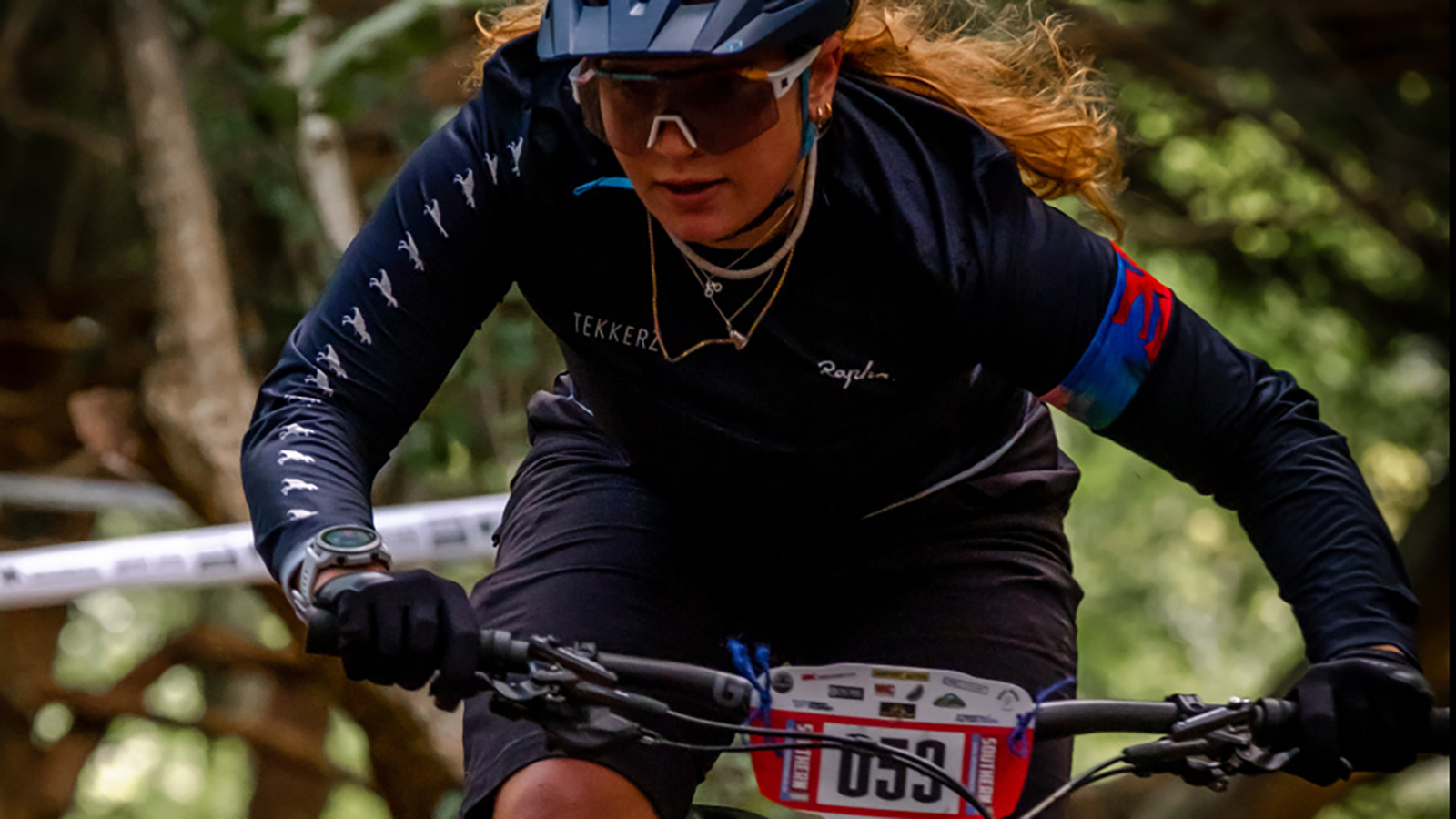
Over the last 12 years of competing, I’ve raced across most cycling disciplines, including track, road, cross-country MTB, cyclo-cross, gravel, criteriums and fixed gear criteriums. However, there is one discipline I have yet to dip my toes into. I've always enjoyed and been skilled at riding downhill, but while downhill MTB racing unnerved me, the idea of something in between XC and DH sounded ideal. So after some persuasion by friends, I entered my first MTB enduro, signing up for my local round of the Southern Enduro near Queen Elizabeth Country Park. I was expecting some dry, dusty trails for mid-July, but was greeted with slippery roots and a lot of loam instead.
Enduro races are a in a straightforward format that typically consists of multiple timed downhill sections, known as stages, with untimed uphill or transfer sections in between. Riders set off at 20-30 second intervals, each racing as fast as they can for each timed section and, when added up, the rider with the quickest time across all sections wins.
Here are the five things I learnt from riding my first MTB enduro:
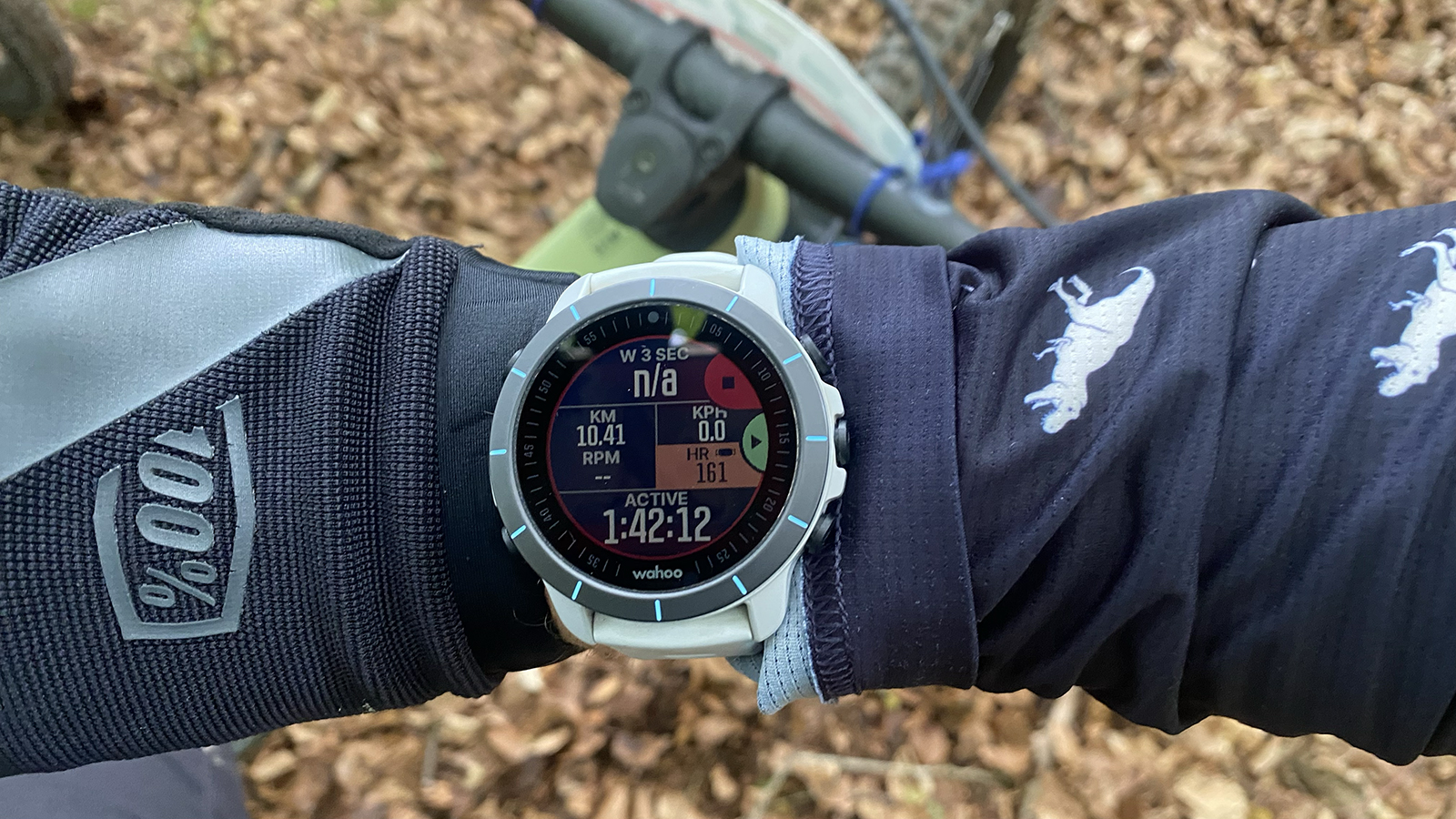
1. The riding isn’t 'easy'
It’s a whole day out on the bike, and you can expect to ride uphill a lot and ride the downhill timed sections full gas. There is a stigma around enduro and downhill racing that you 'just ride downhill' so it should be easy, but this is far from the truth. Depending on the course and geography of the area, there can actually be quite a lot of pedaling during the timed stages and riders can find themselves pedaling for more of the 'downhill' than expected.
If you want to ride down the hills smoothly and be competing for positions, you have to be physically fit. I don’t know about you, but if you’ve ever sprinted downhill and caught yourself about to hit a berm too hard, you end up taking the force generated by riding the berm with your whole body, not just your arms. I found at the end of each timed section my heart rate (HR) soared up to 175bpm; this is what I usually average in an XC MTB race! Enduro is not easy.
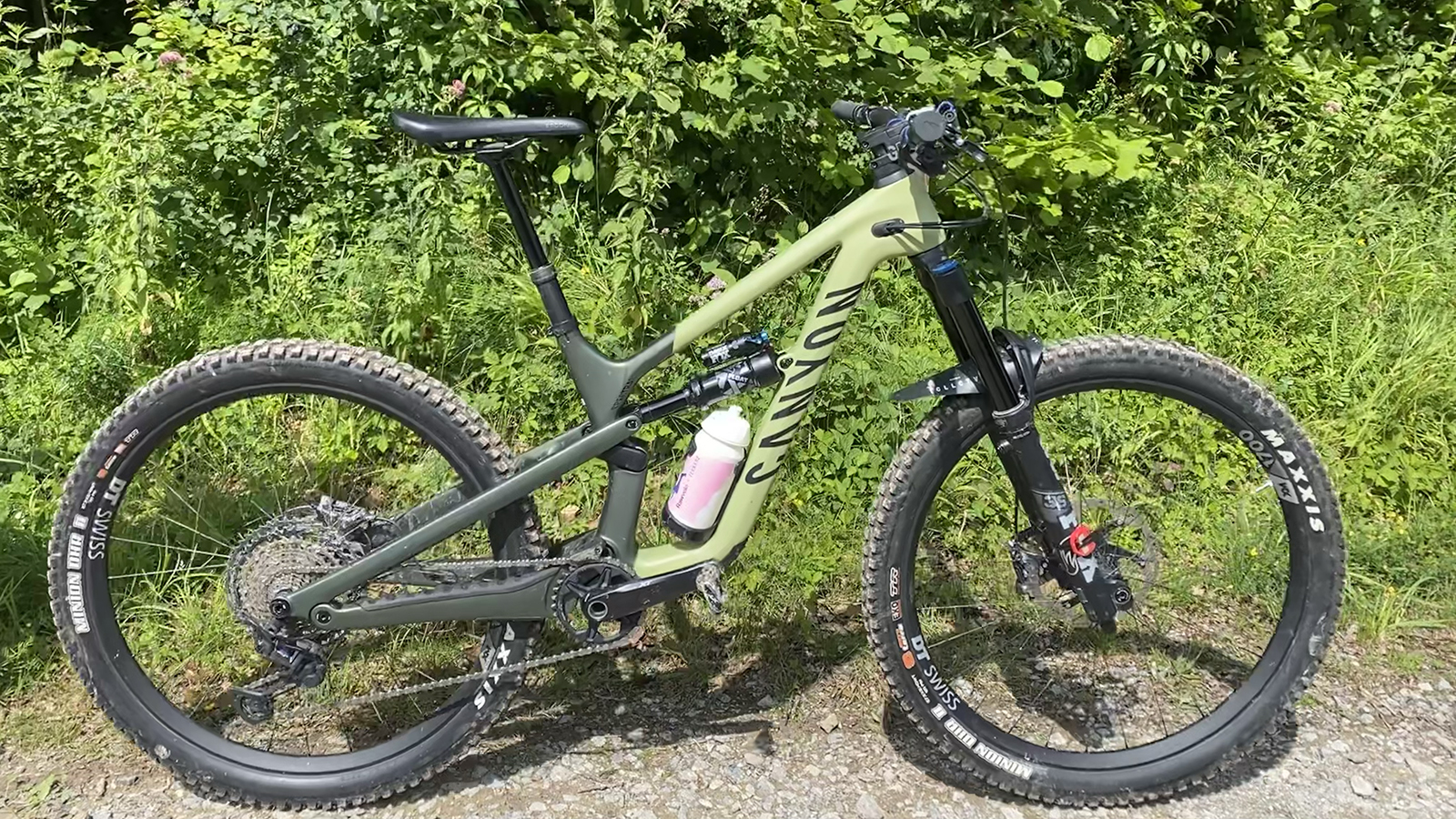
2. Equipment and bike setup
Although enduro races are long in terms of time spent on the bike, they are comparatively very short in terms of actual racing time. This means that having your bike set up and fine-tuned exactly to how you like it or to best fit the course conditions is vital. You’ll need to know your preferred tire selection, have your suspension tuned, gear ratio perfected, as well as plenty of other equipment considerations to optimize performance. I made the error of not practicing enough prior to the event on my trail bike (a new addition to my bike collection, the Canyon Spectral 27.5 CF 8) and as a result struggled with the added weight to the frame – compared to how my XC bike rides. I found I couldn’t throw the bike around like my XC bike, but I achieved a new-found confidence on technical sections as the bike simply took these features in its stride.
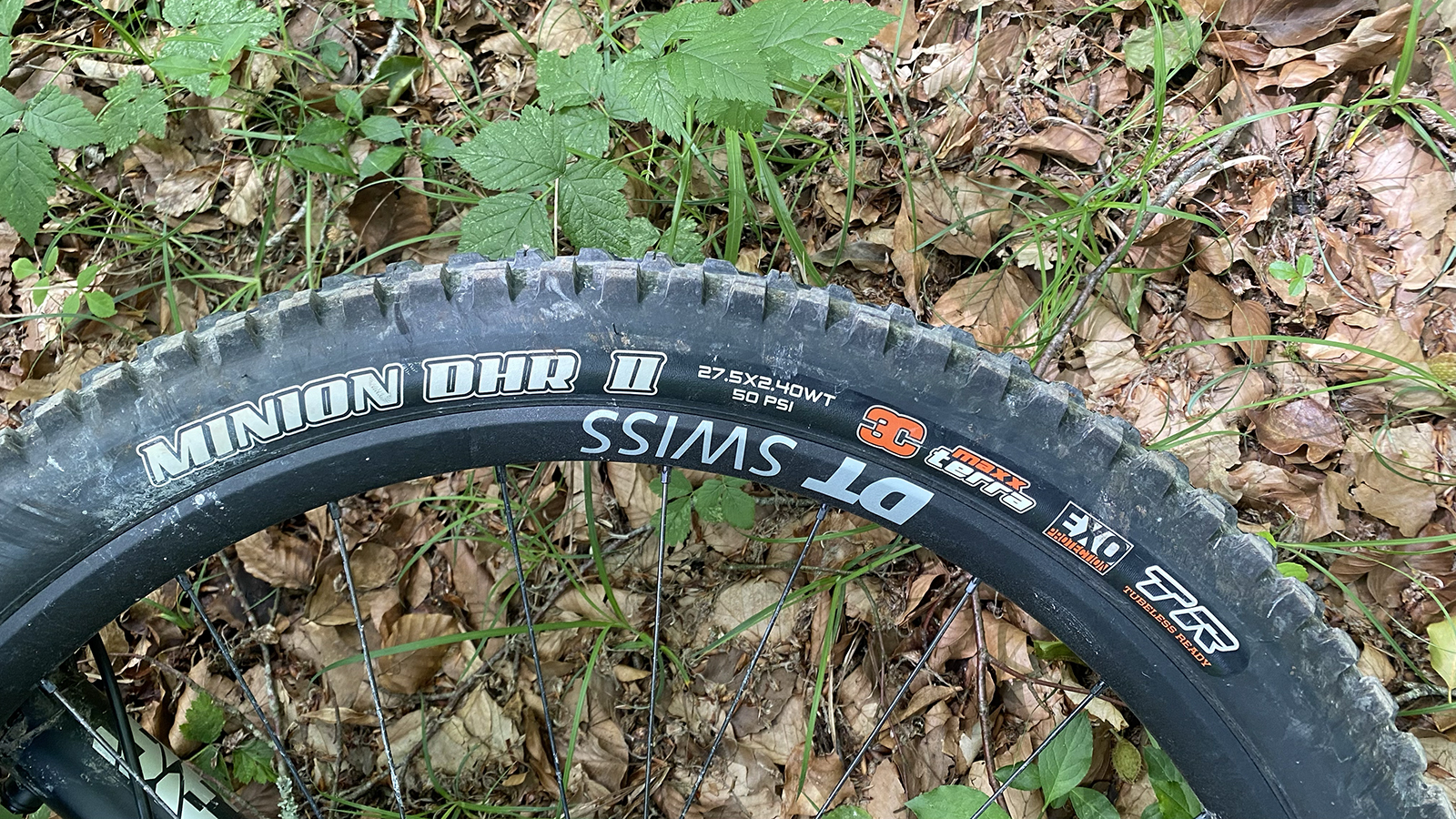
3. Know your lines
As with many off-road disciplines, scouting the course prior to the race and knowing which lines to take is half the battle. Understanding which stages have technical features and which ones have pedaling sections was key in maintaining a smoothness down the trail. Usually, I'm very good at remembering a course and the layout. However, where I spent most of the practice runs worrying that I was going to accidentally ride off a large drop-off, I didn’t remember the fast lines. This meant that I didn’t get lines dialed in and ended up basically riding each section blind, which doesn't make for a fast run. Through experience, you learn to make calculated decisions fast and your reaction times become a lot quicker. I didn’t quite appreciate how important it was to be able to visualize and remember each stage. I watched other (more experienced) riders do this well.
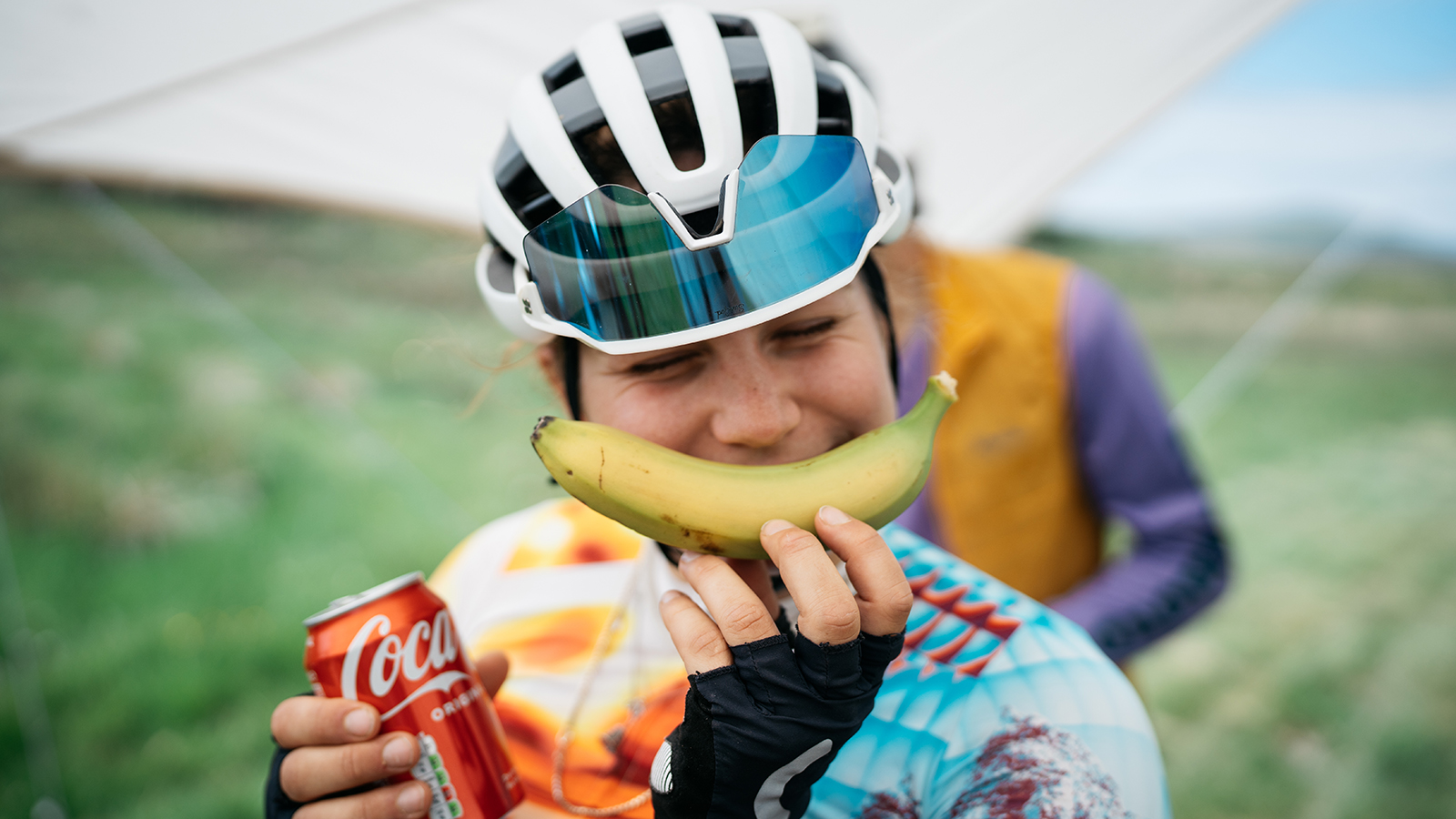
4. Fueling is still important
When riding around having a laugh with friends you often forget how far you ride and how much effort you are actually putting through the pedals. During big days in the saddle, staying fueled correctly is super important in being able to maintain a strong effort. Where I naively presumed the timed downhill sections wouldn’t be super intense, I didn’t plan to fuel properly and so didn’t carry food with me – rookie error. About two hours into the ride I was suddenly very tired, having done more uphill riding (between stages) than initially expected and felt rather glycogen deprived. Due to the intensity of each timed run meaning you have to go full gas for 3-5 min, staying on top of fuel can mean the difference between a winning or losing stage time.
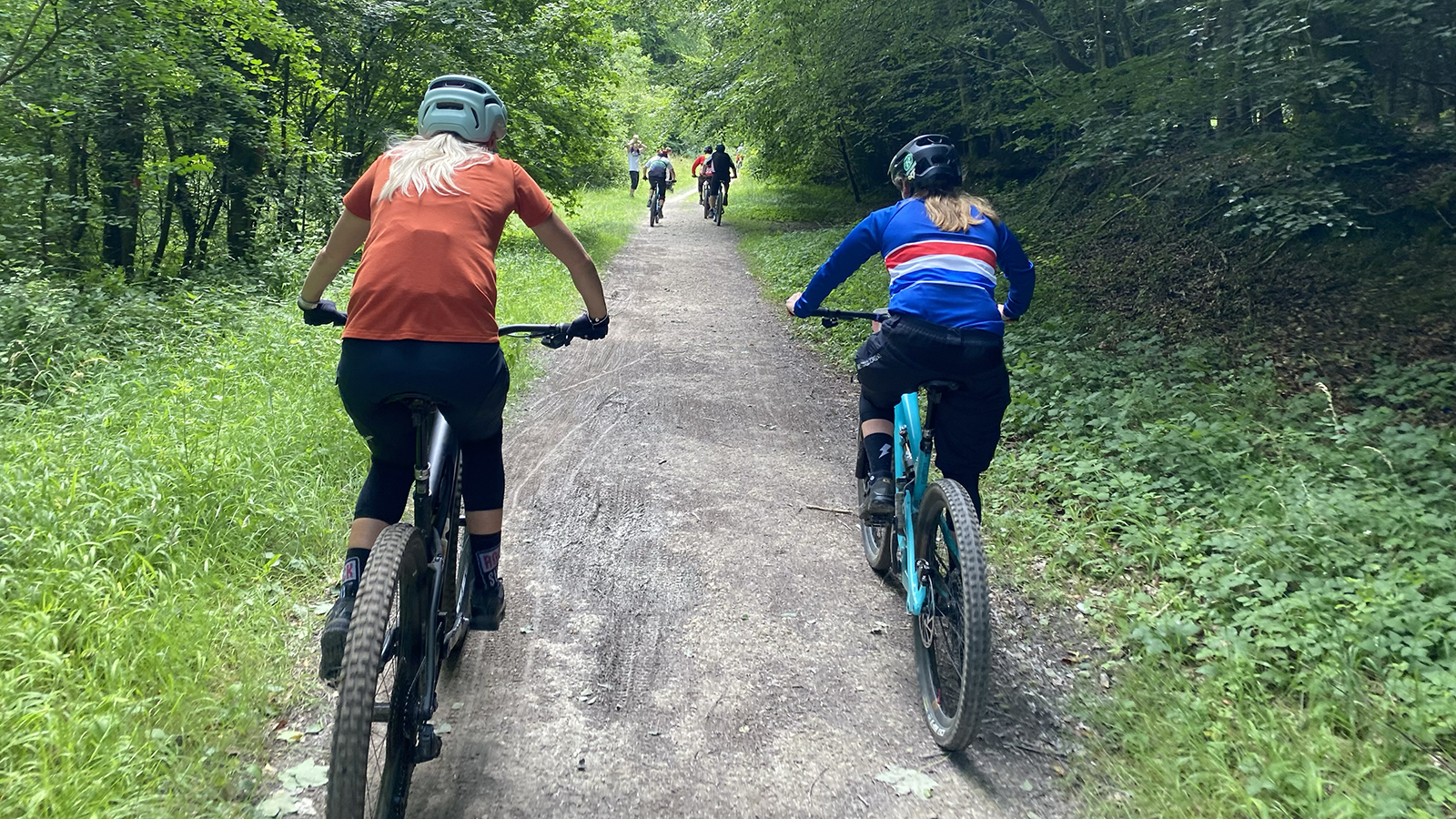
5. A day out with your mates
With ages ranging as young as under 10, to those in the 65+ category, enduro attracts a diverse range of riders with varying levels of skill and experience. The main point I noticed was that everyone was friendly with everyone; there is no toxicity within the sport as riders want only the best for their comrades. Good sportsmanship across the board meant that slower riders would yield to faster riders even during timed sections to allow the quicker rider a good run.
As much as enduro is serious racing, there is also a buzz in the atmosphere, as if riders are just on a day out with their mates; it was very refreshing to see. To begin with I was slightly apprehensive about how 'scary' the trails were going to be and whether I had enough technical ability to get down in one piece, but by following experienced lines confidence was built quickly. Although the routes provided some challenging sections, there was nothing you had to ride and there were always 'chicken lines' diverting around large drops or features with usually a friendly face providing some gentle encouragement that you can do it!

Will I be back for more enduro racing?
Enduro is definitely a part of me now, and I will 100 percent be returning for more races. I really enjoyed the less serious racing aspect yet still managing to get that adrenaline hit when pushing limits. Rolling around with a good group of mates makes time fly by and you really do forget how many kilometers you actually cover throughout the day. However, despite having ridden for a good couple of hours, I didn’t particularly feel as though I had raced. In a sense, I was tired from the amount of riding but not from the intensity, unlike how you would feel after an hour of a cyclo-cross race. Naturally being a CX rider, I almost felt a little unaccomplished from the lack of real nerves and intensity, but I have to remind myself that actually this is the main selling point to enduro as the lack of nervousness made the day all the more enjoyable. Finishing with third place in the senior women's race was a good end to the day. I have unfinished business here and will certainly be back for more.







